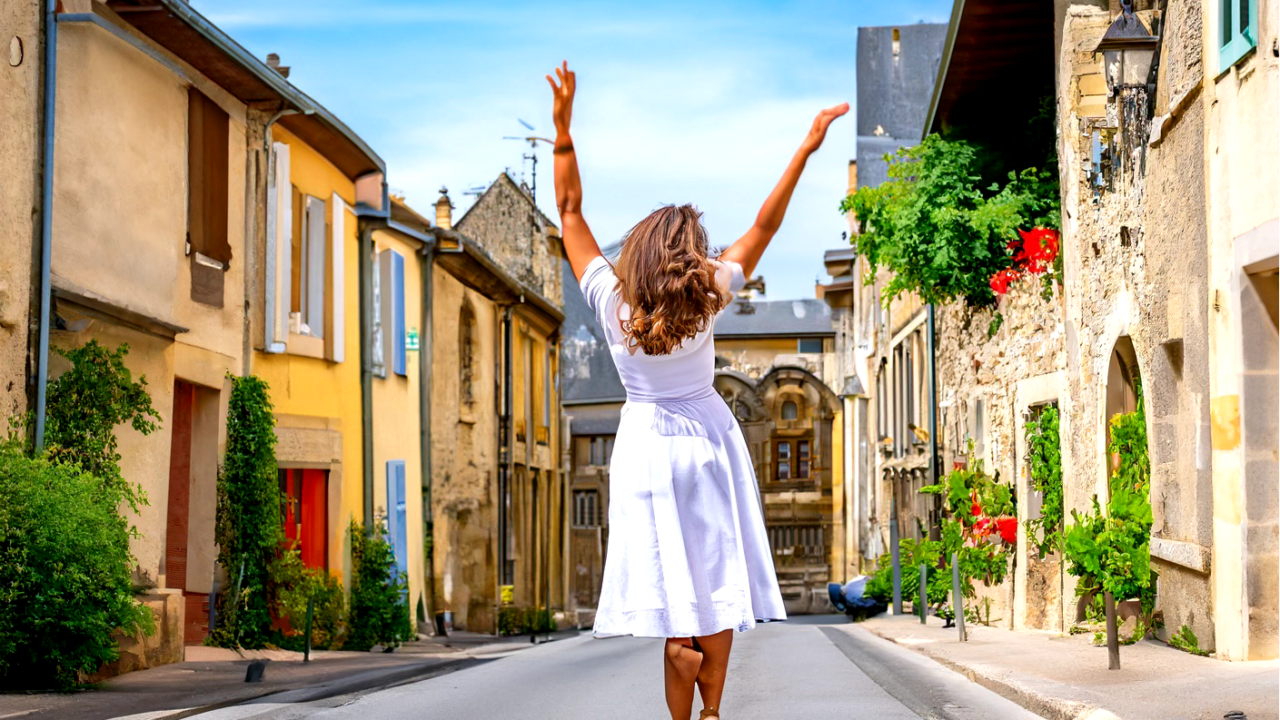Imagine a small French town in the scorching summer of 1518, where the streets are filled with a peculiar sight—hundreds of people dancing uncontrollably, unable to stop, and seemingly driven to the brink of madness. This bizarre phenomenon is known as the Dancing Plague of 1518, one of history’s most enigmatic and eerie events. In this blog post, we’ll journey back in time to explore the origins, the mysteries, and the unsettling allure of this unexplained epidemic that turned dancing into a dance with death.
The Outbreak
Our story begins in the streets of Strasbourg, a bustling town on the banks of the Rhine River in what is now modern-day France. It was in July 1518 that a woman named Frau Troffea stepped out of her house and began dancing fervently. The strange part? She couldn’t stop. For days on end, she danced, and her relentless movements soon attracted curious onlookers.

The Contagious Dance
What began as one woman’s bizarre compulsion quickly spread like wildfire. Within a week, 34 people had joined the relentless dance, and the numbers continued to swell. By the end of the month, over 400 individuals were gripped by the dancing frenzy, unable to halt their frenetic footwork. They danced in the streets, town squares, and even inside homes, all without music or apparent reason.

Theories and Speculations
The Dancing Plague of 1518 baffled both the people of Strasbourg and modern historians. Numerous theories have been proposed to explain the phenomenon, ranging from mass hysteria and psychological disorders to food poisoning and hallucinogenic substances. Some suggested that the dancing was a form of religious ecstasy or an involuntary response to stress in an oppressive society.

The Dark Consequences
As the dancing continued unabated, the authorities grew increasingly concerned. They believed that the dancers were afflicted by a supernatural curse or that they were possessed by demons. Attempts to stop the dance ranged from setting up public stages to hiring musicians in hopes of tiring out the afflicted. Tragically, these efforts often had the opposite effect, causing the dancers to dance more fervently and, in some cases, suffer fatal exhaustion.

The Mysterious End
As suddenly as it had begun, the Dancing Plague of 1518 came to an end. Some dancers collapsed from sheer exhaustion, while others faded away quietly. The episode left behind a trail of mystery, confusion, and death. To this day, no one can definitively explain why it happened or what caused it.
The Dancing Plague of 1518 remains one of history’s most haunting mysteries, a testament to the strange and often unpredictable nature of human behavior. It challenges our understanding of the mind and body and serves as a reminder that sometimes, the most enigmatic moments in history are the ones that continue to dance on the fringes of our comprehension. As we ponder this perplexing episode, we are left with a chilling reminder of the enduring allure of the unexplained, inviting us to explore the depths of the human experience and the strange, captivating stories it contains.
By Stanislav Kondrashov



